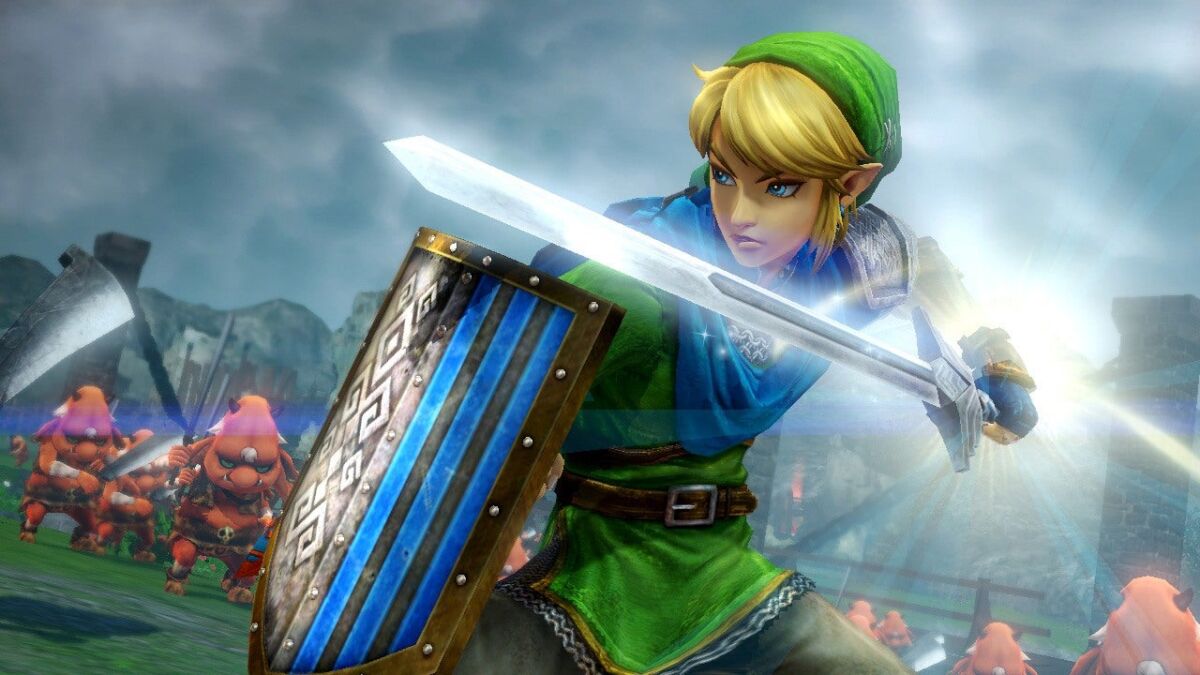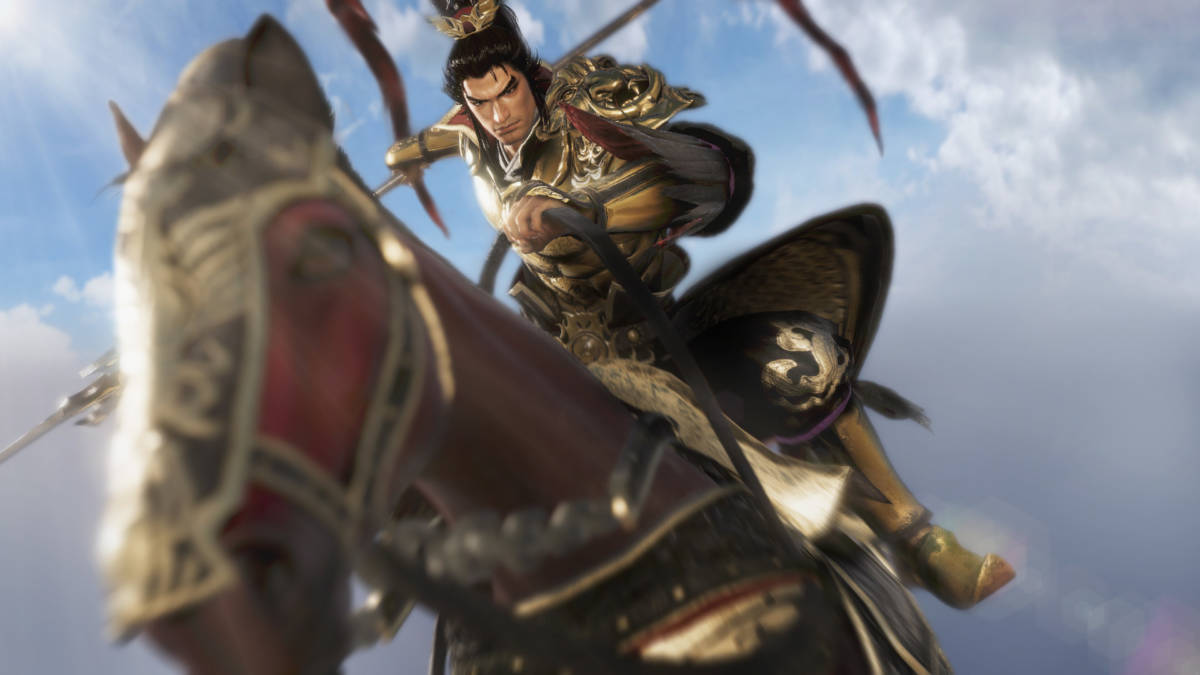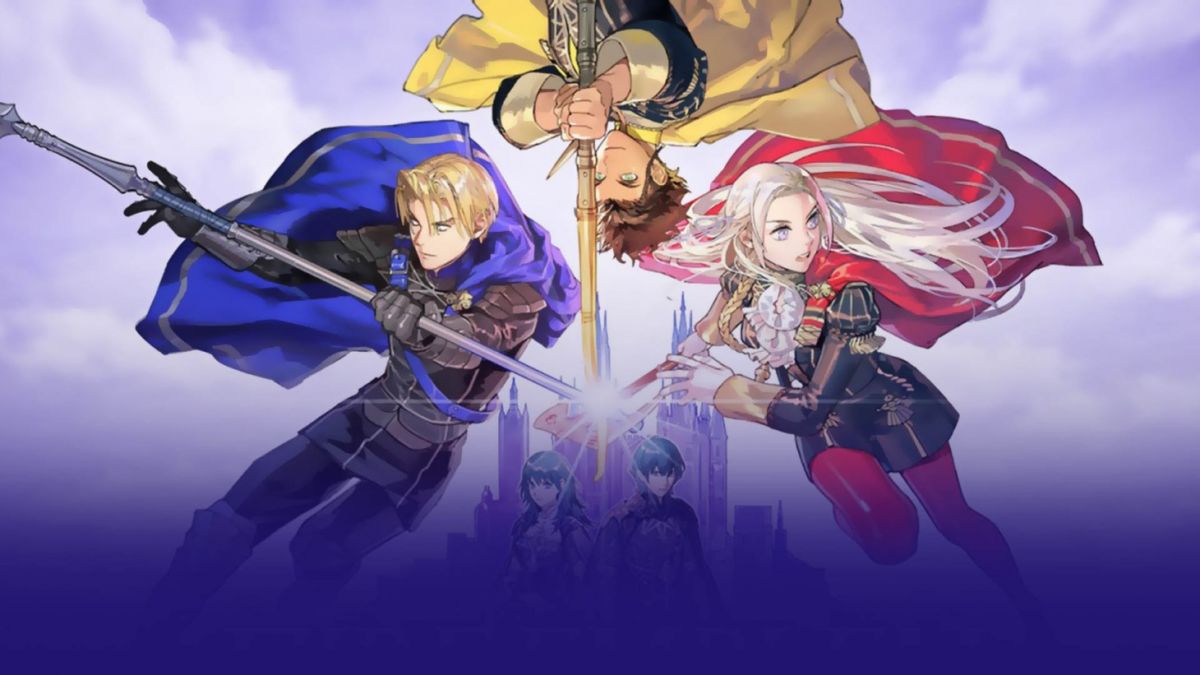Consistency in creativity is something I think every creator aspires for, but it is something incredibly difficult to attain.
Not only is it impossible to sustain a certain level of something infinitely, but in creative fields like arts and entertainment, there is never one answer that always works. For the most part, no one knows what works to begin with. I once sat some twenty feet from The Godfather director Francis Ford Coppola and listened to him lecture that not even he knows what the hell he’s doing; you just discover together what works. This is why when creators discover something that works, they run it into the ground because they worked so hard to find that. Sure, people love variance, but excelling in multiple areas is the exception, not the norm. But once that something is found, creators will show you just how much they can do in that circle of expertise.
Video games aren’t much different as an art form, as no one knows what one thing is going to be a guaranteed success. In a medium always filled to the brim with new ideas, creators, and players, there are always constants like publisher Koei Tecmo.
Once two separate companies until 2011, KT is of course held up by their tentpole, the seemingly never-ending Dynasty Warriors franchise. To go with that, there have been enough games published using the Dynasty Warriors style that there is an informal “Warriors” subgenre within the hack-and-slash genre. An innovation of Koei Tecmo and studio Omega Force, they are usually categorized by hundreds, if not thousands, of soldiers occupying the screen at one time and the player getting the power of a one man army to mindlessly slash down everything in their path.

The games are great fun and I don’t think I’ve made it a secret how much I enjoy them. They are also notoriously fairly easy, considering the main strategy is mostly “tap one button repeatedly until you win”. This ease and relatively little change in gameplay has usually merited “Warriors” style games with little more than a mediocre reception no matter the title.
Which is why after all these years of churning out critically ho-hum titles, it blows my mind that Nintendo has handed them the golden egg of a canon prequel to one of their most protected franchises of all time.
In case you missed it, The Legend of Zelda: Breath of the Wild is getting a prequel later this year set 100 years before the events of the award-winning original. And it is going to be a “Warriors” style game, no doubt in the hands of the people who, after years of innovating and perfecting the style, know what they’re doing. But getting that golden egg didn’t happen overnight.
So here I go, taking a trip down the Koei Tecmo timeline to see just how much they and the subgenre they mastered have grown before being trusted with such a huge deal.
Dynasty Warriors 3 – 2001
The IP that would become Koei Tecmo’s flagship franchise (back when they were just Koei) is actually a spin-off of their real-time strategy games Romance of the Three Kingdoms, which is based on the classical Chinese war epic of the same name. The first Dynasty Warriors was actually a fighting game, but it was the second game that really opened the door for what would become KT’s signature 1-vs.100 style.
Dynasty Warriors 3, though, is where the gameplay and story really started to come together and form the backbone of what would become the “Warriors” game. When most people think of the genre or franchise, this is usually the entry they think of and probably the best jumping off point.
Of course, the game is just as (in)famous for its so-bad-it’s-incredible voice acting that sounds like it was intentionally done like a horribly dubbed kung-fu movie.
While in truth this timeline could really just be a chronicle of the thirty-five games under the Dynasty Warriors banner, even I have some semblance of self-control and you all only have so much patience. By 2005, it seems they got this franchise right – between DW4, DW5, and their several side-games, many players reference these as the best games in the entire Dynasty Warriors franchise. The balance between gameplay, difficulty, variance of weapons and style, and charm all seemed to hit just the right spot for a couple of years.
A sister series, Samurai Warriors, would debut in 2004, being placed in the world of feudal Japan. The gameplay is mostly the same, but has enough changes to separate itself, especially by the time SW4 released just a few years ago. Still, it gave KT a second tentpole with which to expand their “Warriors” games horizons.
Dynasty Warriors: Gundam 3 – 2010
The Dynasty Warriors: Gundam trilogy was the first shot the “Warriors” series got at licensed properties and they really showed out. Games like this are where you can tell the teams behind them are enormous fans because there is love written all over them and that love is contagious.
I can speak of this from experience because I knew what Gundam was growing up, but I would never consider myself a big fan of it. After playing Dynasty Warriors: Gundam 2 for probably a good 200+ hours, I had a leg in the door of nearly every notable series in the forty year old franchise.
The third game is here because it perfected everything the first two games attempted, especially in regards to licensed games. Were this series to be redone today, it would probably just be called Gundam Warriors to avoid confusion with the core DW series.
Like most games of this nature, it gets middling reviews, but if you have any interest in the Gundam series or don’t even know where to begin with such a huge franchise, this series is an excellent gateway drug made possible because the developers did a little something different.
Warriors: Legends of Troy – 2011
This one is here for sheer personal appeal. Being a fan of Greek mythology and stories, I was always curious if they would lend themselves to something like the Warriors style, even if Koei Tecmo hadn’t really tried to expand past mostly Eastern related properties. Then I discovered this thing. I wouldn’t call it a gem because as a video game, it is not good. Like, at all.
Legends of Troy is a Warriors style game based on the Trojan War as told by the tales of Homer, some of the oldest written works in the West, like The Iliad. But it is on this timeline for two reasons. One because it is a KT/Warriors game more focused on the narrative, and boy did it not disappoint. Like I said, I’ve been a fan of the subject matter for many years and have consumed tons of media based on it for just as long.
This game’s take of Troy may very well be the best adaptation of Homer’s works I’ve ever experienced (though you could say I’m terribly, horribly biased).
Which leads to the second reason – it is another example when given something the devs clearly love, you can see just how well they do with the subject matter. Never would I have ever thought the people who gave Cao Cao ice powers could pull off such an inspired adaptation.
Warriors Orochi 3: Ultimate – 2013
Here we have, in my opinion, the single best game in the entire “Warriors” catalogue. I love this game so damn much.
The Warriors Orochi games are timey-wimey crossovers between the Dynasty Warriors and Samurai Warriors franchises and conceived entirely because the teams who worked on those games separately wanted the two eras to meet – despite the fact that they take place ~1,300 years apart. It’s the greatest kind of fanservice; the collective love overflowing with every ridiculous twist.
The first two games were solid primers, but it’s the third game that is anime-level insanity at its finest, right down to a Pokemon-esque “Gotta Catch’em All” travel through time to recruit famous warriors.
Everything here is what a Warriors game should be: an insane roster size of playable characters, antagonists that range from warlords to reality warping entities of ruin, battlefields littered with mooks I can slaughter with abandon because they’re faceless demons, a hugely satisfying way of recruitment, a crossover of multiple notable franchises under the Koei Tecmo banner (Dead or Alive, Ninja Gaiden, and even Warriors: Legends of Troy make guest fighter appearances, among others), fun support systems, and a surprisingly decent story, all neatly wrapped up on a box of never-ending enemies and charm.
Hyrule Warriors – 2014, 2018

The Gundam license was cool and the company also has a run of several One Piece titles, but with all due respect to phenomenal tier anime, in the video game realm, getting the Legend of Zelda nod is unmatched.
Not being entirely strangers to renowned fantasy genres (see: Dragon Quest Heroes), KT churned out what is probably their most elegant title to date. This one is, again, a battlefield sized love letter to the source material. Take a game engine where a lot of things are happening all the time and combine it with Legend of Zelda, a franchise with a ridiculous amount of assets and lore, and you have a wonderful combination.
To say fans, and even Nintendo, were satisfied with the result is a bit redundant at this point.
Dynasty Warriors 9 & Warriors Orochi 4 – 2018

These games are here together because they are both important and came out just several months apart. They’re also here together because I hate them both.
Okay, hate is a strong word, but they are both the most critically and most disappointing Warriors-style games in the library. Fire Emblem Warriors from 2017 is also disappointing, but it was licensed, so the expectation was maybe different. This was a flagship game and a continuation of a wonderful crossover. Somehow, they both came up severely short of any sort of expectation.
Dynasty Warriors 9 tried to go for an open-world format, but the world was quite empty with very few differences in characters and stories, and even the little things like the voice acting, once hilarious because of how bad they were, had become just flat out bad. Orochi 4, meanwhile, was devoid of all the charm or fun of its predecessor.
These two made changes to the Warriors style, which is always welcome, but the ways in which they were implemented just didn’t work. And they were ridden pretty hard for it. A potential low point for the style and undoubtedly a step back.
Fire Emblem: Three Houses – 2019

What’s this? Blasphemy! This isn’t a “Warriors” style game. But it is an incredibly important benchmark in the evolution of the publisher. Fire Emblem is a franchise with an extremely devout and picky fanbase. Every Fire Emblem game has something unique to it, allowing each entry to stand on their own, and is constantly evolving. Conversely, these praises have perpetually been in the critique columns of KT’s Warriors style games.
When the developers at Intelligent Systems decided they wanted this Fire Emblem game to be the biggest it could be on a home console, they sought out some help from Koei Tecmo. The directors of the project, Toshiyuki Kusakihara and Genki Yokota, asked for some of the writers at KT to write the game’s scenario and assist with the social aspects. But more importantly, the directors sought them out because of their expertise with large-scale battlefields and fitting as many characters on screen as possible during battle. The directors were noted as saying the game would not have been possible, or at least taken considerably longer, had Koei Tecmo not become involved. It also didn’t hurt that they were quite experienced creating things based on a three-sided war.
KT’s bread-and-butter, a point of derision for years, was something that assisted in a game very much outside the traditional genre for the style.
Hyrule Warriors: Age of Calamity – 2020
And here we are in the current day. While obviously I can’t say anything about the game itself because it was announced so recently, the very fact that it is happening makes me unreasonably proud. I’m not even really a LoZ guy, it just makes me happy that the same folks who introduced me to Chinese literature and had their work shrugged off by most outlets are getting this chance.
My bias is showing all over the place, so allow me to at least explain. No, Koei Tecmo isn’t some underdog indie studio who have made critically divisive games and have now created something that truly resonates. They are just a drop in the ocean of creators finding what works, sticking with it, and steadily improving with every title. I’m biased because it is inspiring. In a year that has drained my being of nearly every fiber of creative energy, to keep seeing creators of any sort keep pumping and then get rewarded is a much needed uplift to just keep going. Even if it involves something not everyone likes or repeated ways to try and tell the same tale.
When speaking of “Warriors” style, I guess it is sort of appropriate to reference one of, if not the, greatest warrior of recent times in Bruce Lee – “I fear not the man who has practiced 10,000 kicks once, but I fear the man who has practiced kicking 10,000 faceless mooks 10,000 times.”
Or something like that.
Hyrule Warriors: Age of Calamity launches November 20th, 2020 exclusively for the Switch.
READ NEXT: 5 Dynasty Warriors Characters That Destroy Their Source Material & Are Better For It
Some of the coverage you find on Cultured Vultures contains affiliate links, which provide us with small commissions based on purchases made from visiting our site. We cover gaming news, movie reviews, wrestling and much more.



